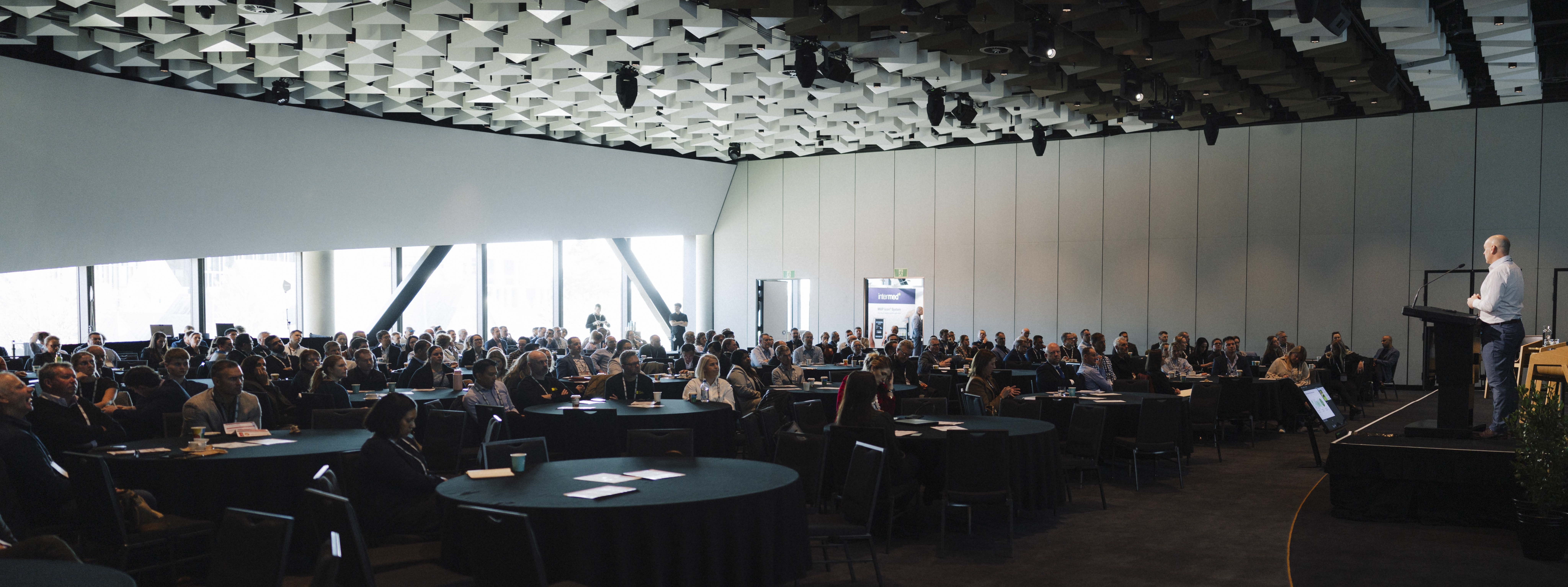Red Meat sector partners with Prism to address EU deforestation rules
New Zealand’s red meat industry is gearing up to meet the European Union’s tough new deforestation rules, partnering with analytics firm Prism Earth to deliver a high-tech compliance solution ahead of a fast-approaching deadline.
The EU Deforestation Regulation (EUDR), set to take effect on 31 December 2025, will require exporters to prove their products are deforestation-free and traceable to the exact plot of land where raw materials were sourced. The regulation targets commodities including beef, leather, wood, coffee, and chocolate, posing a major challenge for New Zealand’s beef sector, which exports around $200 million worth of goods to EU nations annually.

To meet the new standards, Meat Industry Association (MIA), Beef + Lamb New Zealand, and Prism Earth, have developed a cutting-edge compliance system.
Using satellite imagery, aerial photography, LiDAR, and AI , the Prism system maps grazing areas, tracks forest cover and canopy loss, and integrates animal movement data from the NAIT programme. “This is a massive data fusion effort,” said Matt Lythe, Managing Director of Prism Earth, launching the system at the Red Meat Sector Conference in July.

We’re analysing forest loss across more than 10 million hectares of grazing land using medium-resolution satellite imagery, then validating it with high-resolution data to deliver robust evidence of compliance.
The system overlays cattle movement data from OSPRI with mapped deforestation zones to automatically generate due diligence certificates via an API – a key requirement for placing products on the EU market. These certificates confirm that commodities are deforestation-free and produced in accordance with the laws of the country of origin.
The technology also includes an alerting system for companies to pre-identify animals that may have traversed deforested land before they are processed and a dedicated human review capability to ensure accuracy and transparency against the deforestation and forest degradation criteria set by the EU. By detecting forest canopy changes at the half-hectare level, the system provides a robust audit trail for importers and regulators.
Beyond compliance, the tool helps exporters identify and mitigate risks from deforested shipments or livestock that could affect access to other global markets. It’s not just about meeting EU rules—it’s about future-proofing New Zealand’s reputation for sustainable, traceable agriculture.
With the deadline looming, the MIA is actively promoting the system across the sector, positioning New Zealand’s red meat industry as a global leader in climate-conscious trade.
Additional Reading:

